Reporting Quality Assessment of systematic reviews on Quality of Life in Patients with Enterostomy in China
Guang-Hong Han,Xiao-Li Pang*,Yue Zhu,Yi-Shan Yan,Jing Wang,Ya-Zhi Luo
1Tianjin University of Traditional Chinese Medicine,Tianjin,China; 2School of Nursing,Tianjin University of Traditional Chinese Medicine,Tianjin,China.
Abstract Aims:The study aimed to comprehensively search the systematic reviews and meta-analyses on quality of life in colorectal cancer patients with enterostomy in China and strictly evaluate the reporting quality, to promote the clinical transformation and implementation of evidence-based evidence on quality of life in colorectal cancer patients with enterostomy.Method: Cnki, Wanfang and VIP databases were comprehensively searched from the database construction to September 15, 2021, to find the meta-analyses on quality of life in colorectal cancer patients with enterostomy in China.We used the PRISMA statement to evaluate their reporting quality rigorously.Results: 9 articles were included in this study.Their PRISMA scores ranged from 18 to 24, with an average score of 20.44.The reporting rate of PRISMA in 9 articles was 70.37% to 88.89%.The 27 PRISMA items had a 0-100%reporting rate.Conclusion: The reporting quality of meta-analyses on quality of life in colorectal cancer patients with enterostomy in China is ideal.However, there are still 8 PRISMA items with a reporting rate of less than 70%, which need to be further improved in future research.
Keywords: enterostomy; reporting quality; quality of life; meta-analyses; colorectal cancer;PRISMA
Background
Colorectal cancer is a common digestive system disease.In 2012, the number of new cases and deaths of patients living with colorectal cancer worldwide were 1.36 million and 0.69 million respectively, ranking the fourth in cancer deaths [1].Due to its high morbidity and mortality, colorectal cancer has become one of the malignant tumours, endangering human life and health.The incidence of rectal cancer is higher among colorectal cancers.Rectal cancer is more common in the middle and low levels, accounting for about 70%~75% of colorectal cancers [2].The treatment of moderate and low rectal cancers is mainly surgical resection, namely abdominoperineal resection (Mile Operations).Studies have shown that more than 0.1 million patients with colorectal cancer in China need surgical treatment every year [3], and a permanent enterostomy is formed in the abdomen of patients after surgery.Patients need to wear a colostomy bag after surgery, which brings great trouble and inconvenience to their life.Cancer and enterostomy, as two major stress events, make patients suffer great psychological trauma, causing a series of negative emotions, such as anxiety and depression.Some patients show psychological and behavioral problems, such as self-acceptance disorder and avoidance of reality, which seriously affect their coping styles and reduce their postoperative quality of life[4].
The World Health Organization (WHO) defines quality of life (QOL)as an individual's status and social function determined by multiple factors, such as living standards, ideals and goals under the background of culture and customs [5].Fumbull, an American ostomy surgeon, proposed that for enterostomy patients, they should not only be allowed to live, but also live with dignity and quality [6].Improving the quality of life of patients, while improving the cure rate of diseases, is the goal of modern surgical treatment [7].
Systematic review is an important source of evidence-based evidence.The reporting quality directly affects the clinical transformation of evidence.Several systematic reviews and meta-analyses related to quality of life in patients with enterostomy have been published in China.However, the reporting quality has never been reported.Therefore, this study aims to comprehensively retrieve meta-analyses related to quality of life of patients with enterostomy in China, and strictly evaluate their reporting quality, to promote clinical transformation and implementation of evidence-based evidence related to quality of life of patients with enterostomy.
Methods
Search Strategy
Cnki, Wanfang and VIP databases were comprehensively searched from the database construction to September 15, 2021.The search terms were: (patients with enterostomy + enterostomy + ileostomy+ colostomy + jejunostomy + enterostomy + artificial anus +artificial stomy + fistula + rectostomy + ileostomy) and (quality of life + life quality) and (systematic review + meta-analysis +systematic review and meta-analysis).
Inclusion and Exclusion Criteria
Inclusion criteria: (1) Subjects were enterostomy patients; (2)Outcome indicators mentioned quality of life; (3) The article type was a meta-analysis or a systematic review; (4) Articles were published in Chinese.
Exclusion criteria: (1) Outcome indicators did not mention quality of life; (2) The study type was a randomized controlled trial or a review.
Study Selection
In strict accordance with inclusion and exclusion criteria, 2 researchers firstly screened literature independently according to title and abstract.After that, the full texts were read to determine the final articles to be included in this study.In the process of literature selection, consultation with a third researcher was conducted in case of disagreement.
Data Extraction
Basic information was extracted from the articles eventually included in this study, including title, publication year, number of authors,number of included studies, and number of databases retrieved.
Reporting Quality Assessment
According to the PRISMA 27 items [8], 2 researchers evaluated the reporting quality of the studies included.Items that were fully reported were rated 1, and those that were missing or incomplete were rated 0.PRISMA scores ranged from 0 to 27.In the process of reporting quality evaluation, if there was any disagreement, two researchers would resolve it through soliciting the opinion of the third researcher.
Results
Search Results
16, 0, 5 articles, totalling 21 articles, were retrieved from CNKI,Wanfang, and VIP databases.16 articles were obtained after removing the duplicates.After reading the titles and abstracts, 6 papers were excluded.After reading the full texts, 1 article was excluded.Therefore, a total of 9 articles were included in this study.The detailed literature screening process was shown in Figure 1.
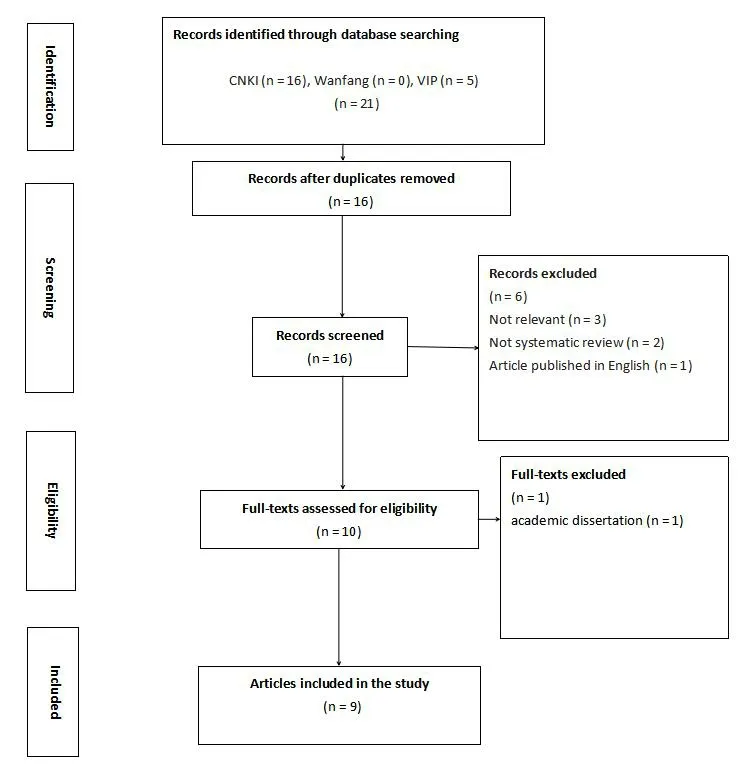
Figure 1 Flowchart of article selection criteria
Basic Characteristics of the Studies Included
Among the 9 articles included, 8 were meta-analyses and 1 was a systematic review.The first one was published in 2012.The number of participating authors was 1-6.The number of databases retrieved was 2-10.The number of studies included ranged from 4 to 38.The specific basic characteristics of the included literature were shown in Table 1.
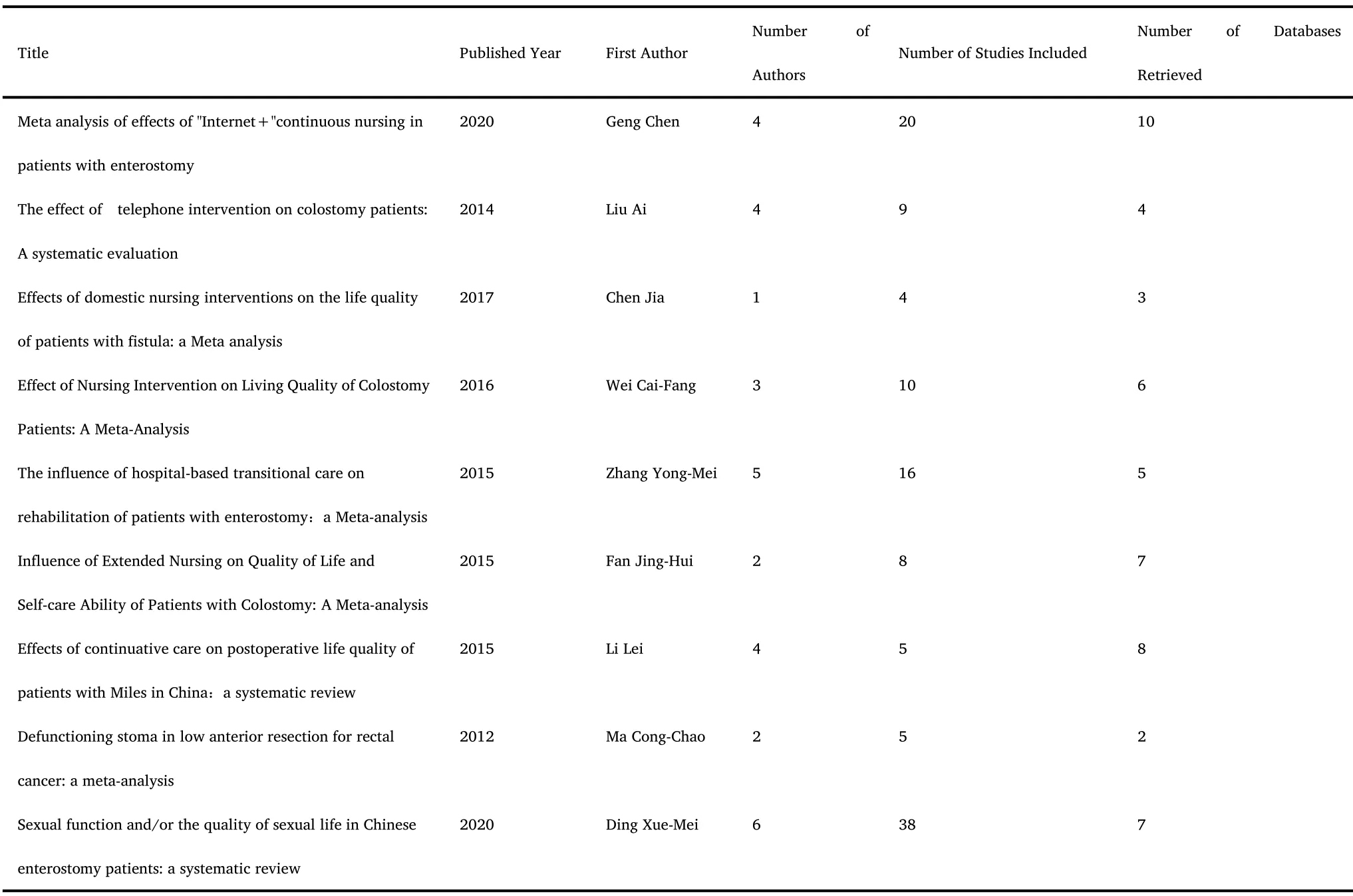
Table 1 Specific Basic Characteristics of the Included Literature
Reporting Quality
PRISMA scores of the 9 included articles ranged from 18 to 24, with an average score of 20.44.Specific evaluation results were shown in Table 2.The reporting rate of PRISMA in 9 articles was 70.37% to 88.89%, as shown in Table 3.The 27 PRISMA items had 0-100%reporting rate, as shown in Table 4.
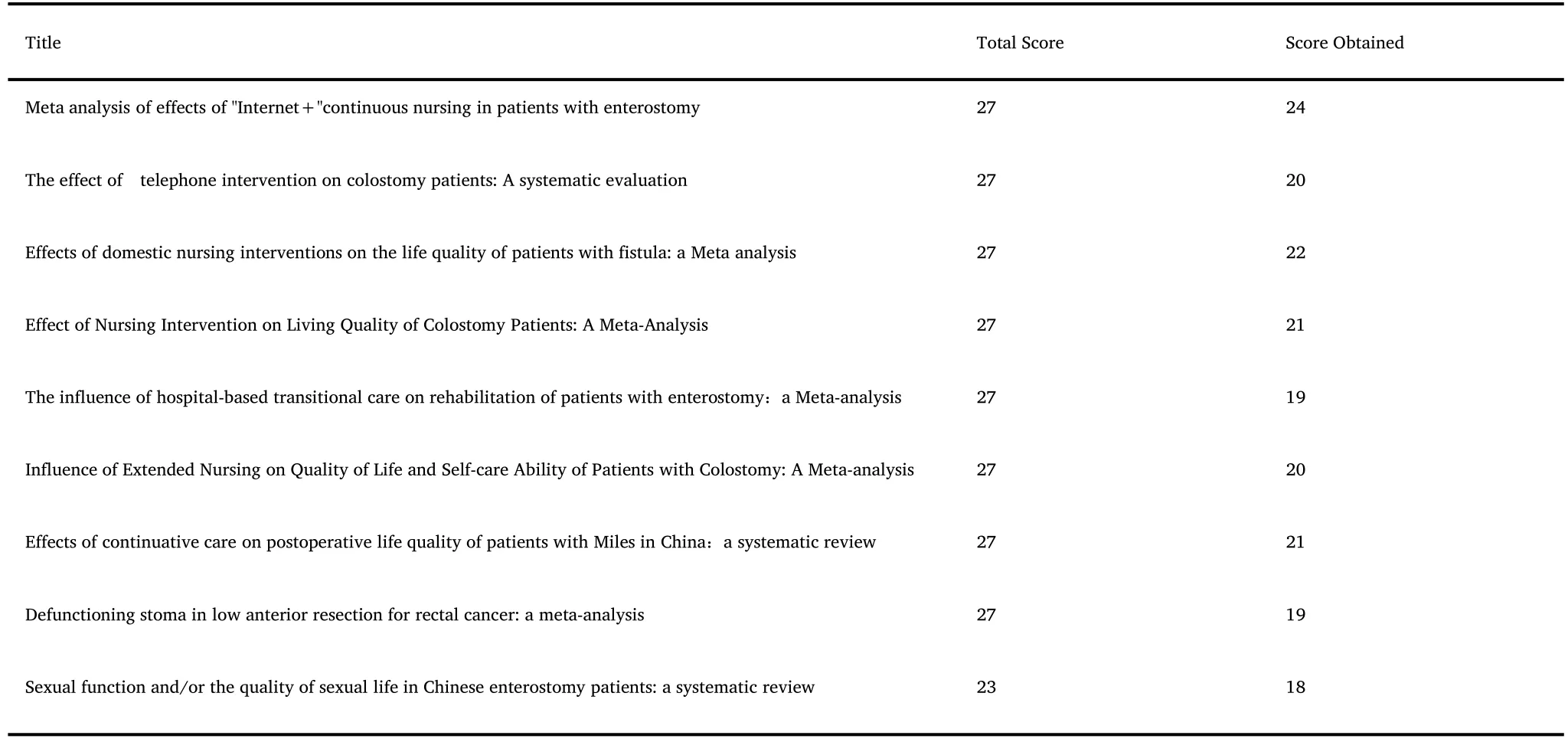
Table 2 Reporting Quality Evaluation Results
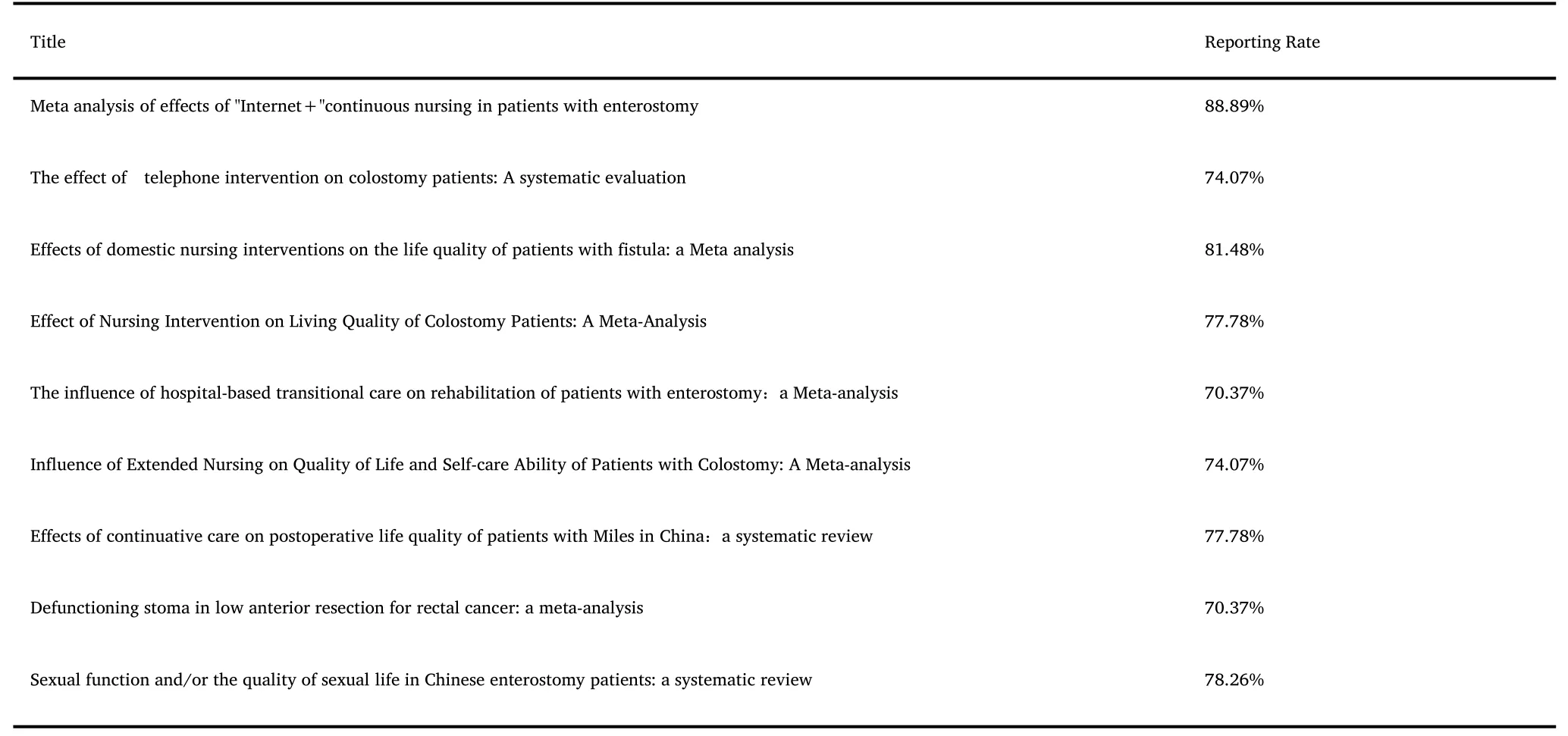
Table 3 The reporting rate of PRISMA in Inclded Articles

Table 4 The reporting rate of 27 PRISMA items
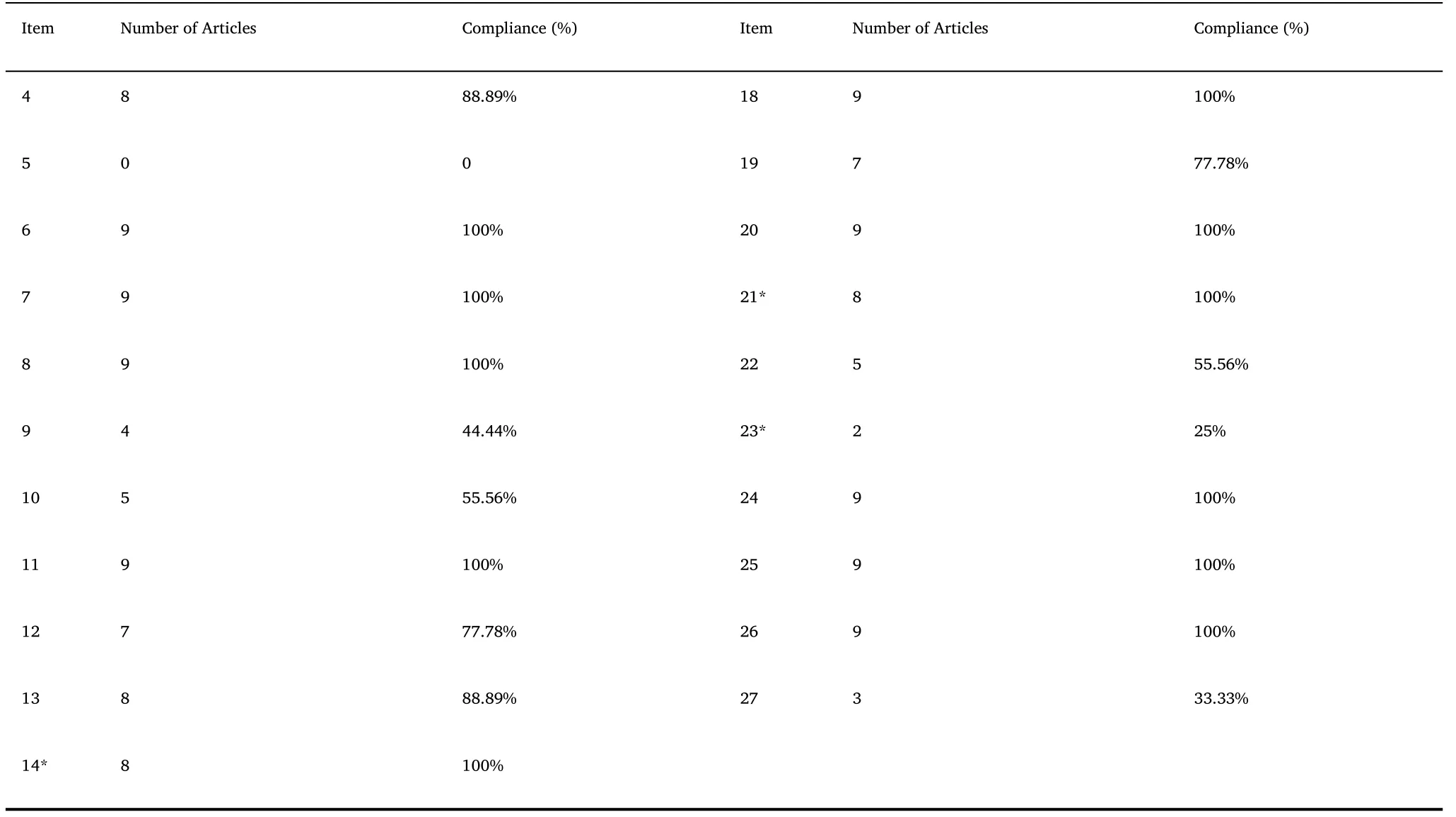
Table 4 The reporting rate of 27 PRISMA items (Continued)
Discussion
The 9 meta-analyses related to the quality of life of patients with enterostomy were included in this study.Their reporting quality was satisfactory.This might be due to the inclusion of 9 articles, all of which were published after 2009.In 2009, Chinese scholars translated and introduced the PRISMA statement into China,which played a very important role in standardizing the reporting of the meta-analyses in China.However, among the 27 PRISMA items, the reporting rate of 8 PRISMA items was less than 70%, indicating that the reporting quality of meta-analyses related to the quality of life of patients with enterostomy in China, still needed to be further improved.
Adherence to PRISMA in item 5(protocol and registration),9(study selection), 10 (data extraction), 15 (bias across studies), and 16 (other analyses) in the "Methods" section, was <70%, indicating that the above 5 items did not been fully reported.In item 5, it is recommended to register the systematic review protocol in advance,and provide the protocol content and registration number.The registration of systematic review protocol not only prevent other researchers from conducting the same research and ensure the prospectiveness of the research, but also help other researchers to update the research in time [9-10].Item 9 requires an explanation how inclusion studies were selected.Item 10 requires a description of the method of data extraction.Item 15 focuses on biases (e.g.,publication bias), affecting the research results.Item 16 requires a description of additional analysis (e.g., sensitivity analysis) performed by the study.It is suggested that future research should pay attention to the report of the above five items, so that readers can make objective judgments and evaluations of relevant information.Adherence to PRISMA in item 22 (bias across studies) and item 23(other analyses) in the "results" section, was less than 70%, indicating that the above 2 items did not been fully reported.Item 22 requires the description of the evaluation results of bias across studies.Item 23 requires the results of other analyses to be reported.Therefore, it is necessary to strengthen the reporting rate of the above 2 PRISMA items in the systematic reviews related to the quality of life of patients with enterostomy in China, to facilitate clinical medical staffs to obtain information on relevant research results and make accurate clinical decisions.
Adherence to PRISMA in item 27 (fund) in the "financial support"section, was less than 70%, indicating that the item 27 was not fully reported.Item 27 aims to standardize the disclosure of funding, and the reporting quality of the systematic reviews accepting fund is higher.Therefore, future research should pay attention to the reporting on research funding.
Limitation
This study mainly evaluated the reporting quality of systematic reviews on quality of life in colorectal cancer patients with enterostomy in China.This study only retrieved three major Chinese databases, and did not retrieve other databases, which may miss some relevant literature.Therefore, more comprehensive research should be carried out in the future based on the above research limitations.
Conclusions
The reporting quality of systematic reviews on quality of life in colorectal cancer patients with enterostomy in China is ideal.However, there are still 8 PRISMA items with a reporting rate of less than 70%, which need to be further improved.Future studies should focus on the reporting of the above 8 PRISMA items, in order to better promote the clinical transformation and implementation of evidence-based evidence on quality of life in colorectal cancer patients with enterostomy.
- Cancer Advances的其它文章
- Fibrous histiocytoma of the spermatic cord 1 case and review of the literature
- Study on the Correlation between Syndrome Differentiation of Malignant Pleural Effusion Treated by External Treatment of Traditional Chinese Medicine and Immunohistochemistry of Biopsy Tissue Based on Medical Video-assisted Thoracoscope
- Lipid peroxidation and cancer
- "Endogenous wind"Theory theory in the prevention and treatment of anti-tumor treatment-related adverse reaction related research progress

